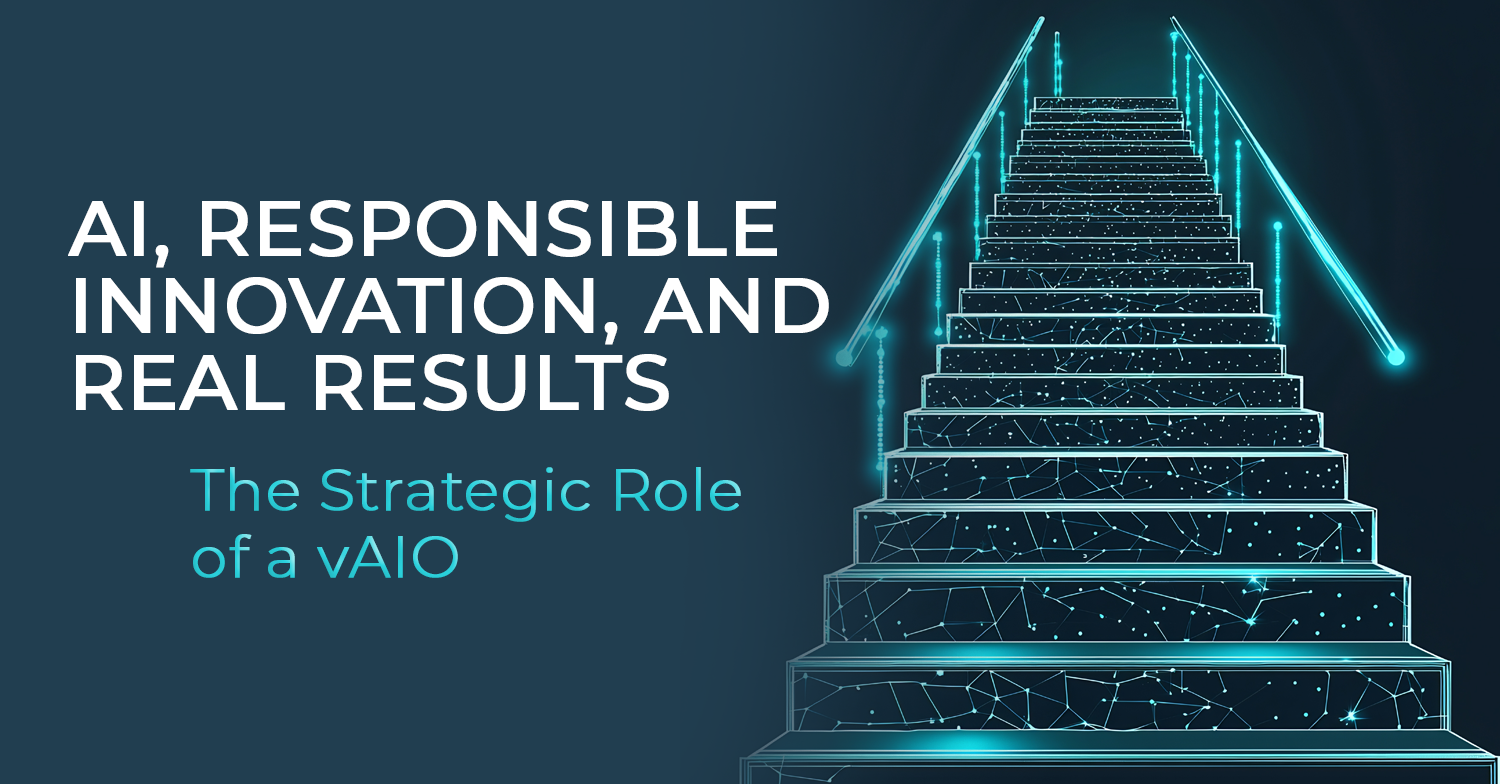Digital Transformation. Just two words. By themselves they are interesting. Put them together and they speak to something much more powerful. Those two words put together, “Digital” + “Transformation” = “Digital Transformation”, are driving change like we haven’t seen in a long time.
If we look at the top five initiatives for CIO’s, CEO’s, etc., we find Digital Transformation at or near the top of the list for almost all of them. Every time I speak with an IT or business leader I hear just how important their Digital Transformation initiative is to them. When asked why these initiatives are so important I often hear one or more of the following answers:
- They want to accelerate business agility leveraging advanced technologies
- To realize cost savings through improved processes and automation
- Improving experience of customers, employees and partners
- Gain or at least maintain competitive advantage – if they don’t do it, they become irrelevant!
We know where we want to go – but can we get there?
With all of the buzz around this topic, we see the market crowded with players who want to help with new technologies, moving everything to the cloud, new channels for customer engagement and integrating every system they own for that “360 degree customer experience”.
The reality is that each of these can be massive programs on their own and it’s a real challenge for companies to figure out how they can tackle one of the programs never mind multiple programs (and that doesn’t even factor in the business who is clamoring for having everything implemented “yesterday!”).
How can we get there – without crippling ourselves along the way?
Like with most things in life, progress doesn’t come without a cost. This is certainly true of Digital Transformation. Rapid change without proper planning and support is a disaster waiting to happen. I’ve seen large enterprise programs crippled by poor planning, change management and tools to monitor real-time issues arising from the pace of change itself and even from unplanned successes.
One of the things that often gets overlooked in the blistering pace of Digital Transformation are the tried and true, systematic processes and tools of the world of Service Management. Service Management is methodical in nature and at the very core is all about making sure an organization can stay healthy and effective.
Service Management: The foundation of Digital Transformation success
And this is where most companies run the risk of overlooking a foundational piece of Digital Transformation – Service Management.
Let’s be honest -
What hot new developer who is rolling out a “game changing” new app wants to go through the cumbersome processes of change release management?
What executive is going to want to hear about potential cost and performance issues that might arise from a move to cloud technologies? Everyone else is doing it – how can they go wrong?
The truth of the matter is that the tools and technologies in the Service Management world have become far more important – not less. Granted they have had to evolve from monolithic technologies and tools that took years to deploy into nimble, rapidly evolving support solutions. Modern ITSM solutions and processes are the only way an Enterprise Digital Transformation will succeed.
How can a DevOps leader authorize deployment of a new app or feature without going through proper change management processes – even if they are modified and supported by new ITSM technologies? Just because they have a “game-changing” feature to roll out, doesn’t mean it’s right to do it. Checks and balances are required just in case it introduces a security hole or a crippling performance issue.
How can a CIO move to the cloud without knowing how performance may be impacted or more importantly, how much it will cost?
We are playing on the same team
It’s critically important that when we talk about Digital Transformation – we think about the role Service Management plays. The closer these teams work together, the more powerful, effective and ultimately the more adopted the transformation. We are playing on the same team – let’s gets strategic about making sure we are moving the ball down the field in a coordinated way so that we can not just get a point, but score the touchdown our executive team is looking for!

Every day I get to work with a team that embraces this philosophy. Onliners understand the importance of both rapid change and proper controls and our Digital Transformation and Service Management teams work together to make strategies into reality. From a Service Management perspective, I’m fortunate to be part of the team that works with the latest ITSM vendors and ensures that the right foundation has been put in place to ensure that your Digital Transformation program is a success.
Please contact Online’s Service Management team to learn more - or feel free to reach out to me directly, I'd love to hear from you.





Submit a Comment